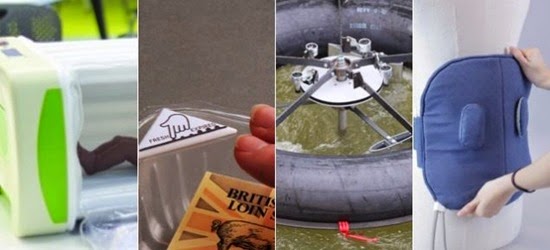
7 Smart New Inventions That We Should Have Had All Along
By Kelsey Campbell-Dollaghan, Gizmodo, 21 August 2014.
By Kelsey Campbell-Dollaghan, Gizmodo, 21 August 2014.
Every year, Dyson asks industrial designers, product designers, and engineers to submit their smart solution to a problem - any problem. It's an awesomely broad request, and it usually results in some pretty fascinating projects. Leading up to this year's Dyson Award, we took a look at just a tiny fraction of the entries.
Yesterday, we looked at a device that would make a smarter alternative to crutches. But below, you'll find a whole range of other objects that solve problems that span from sunburns, to agriculture, to packaging design. Check out more of the entries here.
1. A Marker That Tells You When Your Sunscreen Has Worn Off
Despite its questionable name, Suncayr is a smart idea: Creating by five nanotechnology specialists, this little marker lets you know when you need more sunscreen.
It dispenses an "ink" that changes hue depending on whether those dangerous UV rays are getting through to your sensitive skin or not. [Suncayr website]
2. A Device That Makes a Vital Job 100 Times Faster
In eastern Africa, peanut farming is a common source of income; but it's a slow, labour-intensive job, especially for those with disabilities who might otherwise benefit from the income. Designer Charles Williams created a simple hand-cranked system that makes the task as much as 100 times faster, thanks to a mechanism that de-shells the peanuts automatically. He estimates that it could save 1.98 billion hours of labour every year. [Charles Williams Company website]
3. A Backpack That Helps Move Bedridden Patients
As anyone who's ever cared for someone who can't move knows, helping an immobile patient turn in bed is a surprisingly daunting task. The idea behind Flipod is to make that process a little simpler, thanks to a cloth wrap that attaches around the patient;s midsection.
This pack can be manipulated as needed by the caregiver, who inflates one of two air bladders to help the person begin turning or sitting up. These pouches can be adjusted with embedded magnets, too.
4. An Oven For the Developing World That Runs On the Sun
Infinity Bakery is exactly what it sounds like: An oven that runs infinitely, needing only the sun's rays to bake. For plenty of people in developing communities, ovens are a crucial part of daily life - but they require expensive, tough-to-come-by fuel in the form of firewood, coal, or other fossil fuels. Which also happen to be quite dangerous.
The oven uses a broad parabolic dish to focus in the rays, creating enough heat to sustain baking at 220 degrees - with nothing but the sun. According to engineer Keno Mario-Ghae, each oven could be built "at very low cost in as little as two days."
5. Packaging That Tells You When Food Is Bad By Touch
Sure, we trust the printed-out labels on supermarket meat because, really, we don't have a choice. Bump Mark, created by Solveiga Pakstaite, intends to remove the middle man - the supermarket - from the equation by telling people how fresh meat truly is using simple chemistry.
The small tag on the packaging contains a bumpy layer of plastic, hidden beneath a thin strip of gelatin. If the meat is still good, the tag will feel smooth. If it's bad, you'll feel the bumps at the bottom of the tag. You see, gelatin decays about as fast as protein does. As it gets older, it liquifies - revealing the pattern of the tag below it.
6. An Inflatable Incubator That Can Run On a Car Battery
Incubators seem like fairly innocuous tech to many of us, but they cost upwards of US$50,000. In refugee camps all over the world, they just aren't plausible - either from a financial or functional perspective. Instead, the MOM incubator can actually be flattened for transport, then expanded and re-inflated for use. It's easy to assemble, and can run on nearly any available power source. Like car batteries, according to designer James Roberts.
7. A Cheap, Light, Water-Driven Power Plant
"1.4 billion people worldwide have no access to electricity," explains Andreas Zeiselmair, an environmental engineer from Germany. "Of which 300 million people live near rivers." Enter Mobile Hydro, a floating hydroelectric turbine that generates power when it's anchored in place to a moving body of water. [Mobile Hydro website]
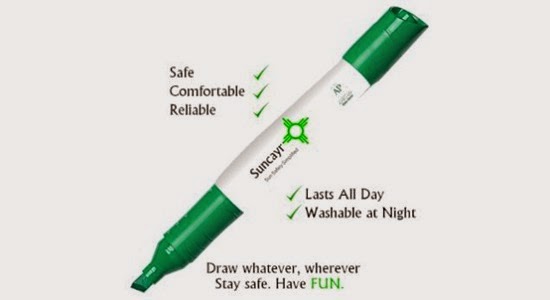
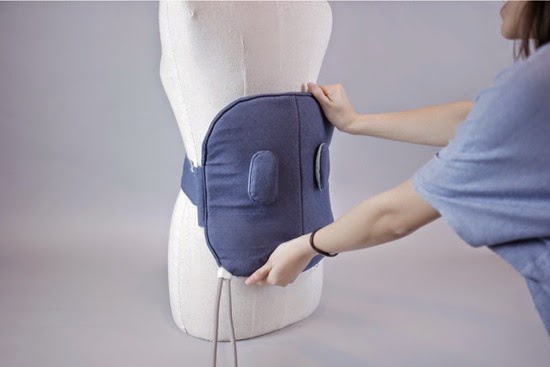

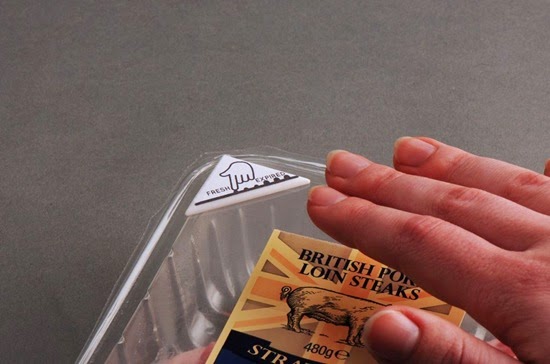
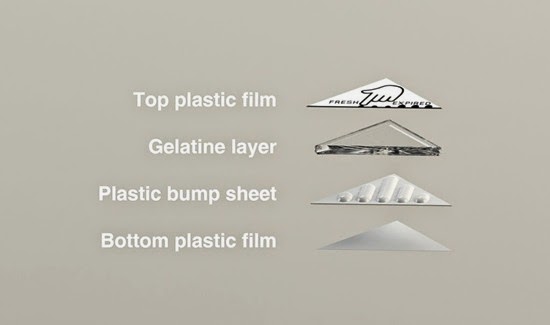
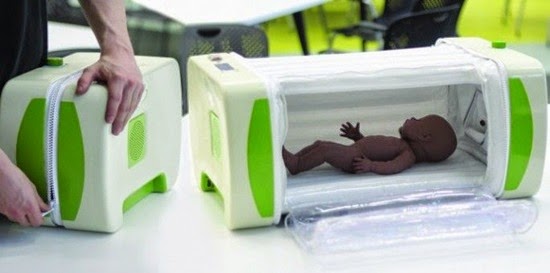
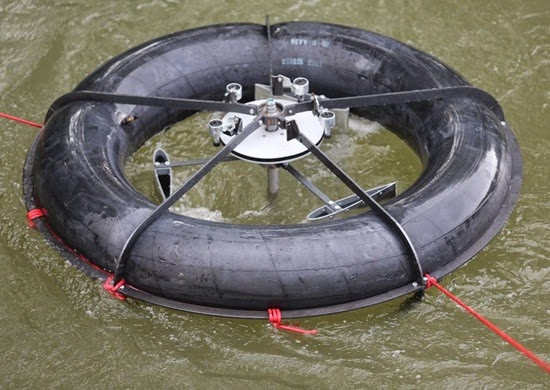
No comments:
Post a Comment
Please adhere to proper blog etiquette when posting your comments. This blog owner will exercise his absolution discretion in allowing or rejecting any comments that are deemed seditious, defamatory, libelous, racist, vulgar, insulting, and other remarks that exhibit similar characteristics. If you insist on using anonymous comments, please write your name or other IDs at the end of your message.